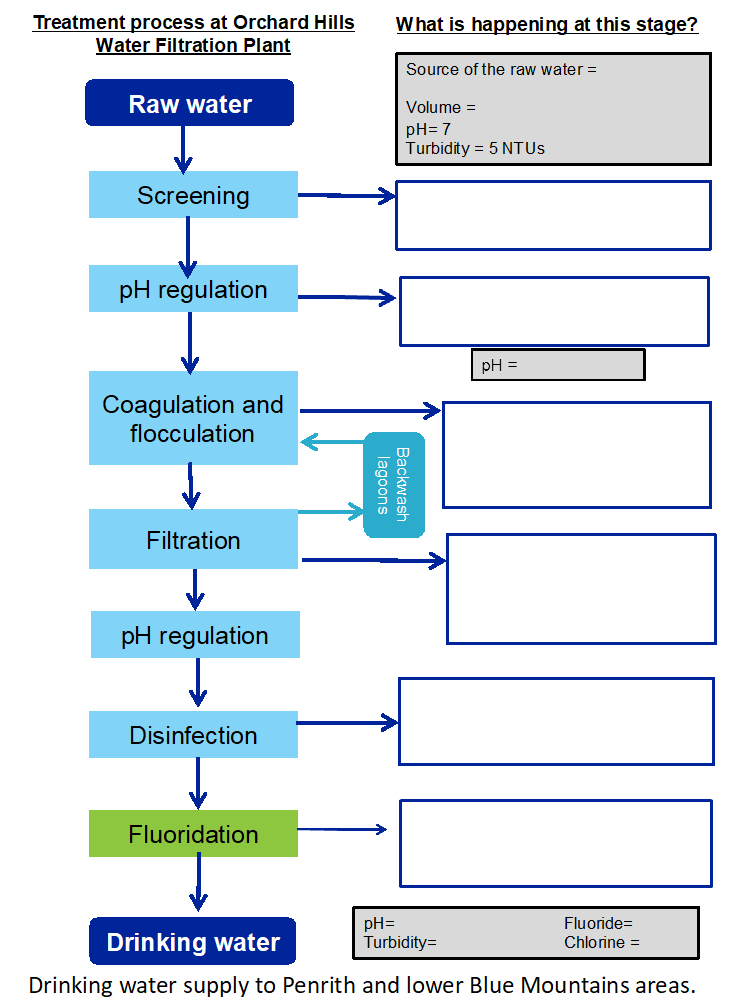The Single Strategy To Use For Residential Water Treatment System
Table of ContentsNot known Details About Residential Water Treatment System The Main Principles Of Residential Water Treatment System The Facts About Residential Water Treatment System UncoveredThe Residential Water Treatment System Statements
5)5. 1 The requirement for large-scale water therapy, Water therapy is the procedure of eliminating all those compounds, whether biological, chemical or physical, that are potentially unsafe in water supply for human as well as residential use. This therapy helps to generate water that is risk-free, tasty, clear, colourless and odourless. Water additionally needs to be non-corrosive, suggesting it will certainly not cause damages to pipework.This creates a demand for big volumes of secure water to be provided dependably and also regularly, as well as this need is growing. As city populaces enhance, there is a demand to find brand-new sources to satisfy the expanding need. If groundwater is readily available this can commonly be used with marginal therapy but any surface water source will certainly require to be dealt with to make it safe.
6 discusses how this computation is made but initially you will certainly look at the primary phases in the water treatment process. 2) in large-scale water treatment for city municipal water supply (Abayneh, 2004).

Rumored Buzz on Residential Water Treatment System
Here the water is carefully mixed by paddles in a flocculation basin (Number 5. 5) and also the flocs enter into contact with each other to develop bigger flocs. The flocculation container frequently has a number of areas with lowering blending speeds as the water breakthroughs through the basin (Figure 5.
5 Purification, Purification is the procedure where solids are divided from a liquid. In water treatment, the solids that are not separated out in the sedimentation tank are removed by passing the water through beds of sand and gravel.
7), with a flow rate of 48 cubic metres per square metre of filter surface per hr (this is created as 48 m3 m2 h1) are frequently used. When the filters teem with trapped solids, they are backwashed. In this procedure, tidy water as well as air are pumped backwards up the filter to remove the trapped impurities, and the water lugging the dust (referred to as backwash) is pumped right into the sewage system, if there is one.
5.2. 6 Chlorination, After sedimentation, the water is disinfected to eliminate any continuing to be pathogenic micro-organisms. One of the most typically made use of anti-bacterial (the chemical made use of for sanitation) is chlorine, in the type of a liquid (such as salt hypochlorite, Na, OCl) or a gas. It is fairly affordable, as well as straightforward to utilize.
Some Known Details About Residential Water Treatment System
The quantity of chlorine left after this is called residual chlorine. This remains in the water all the method through the circulation system, safeguarding it from any kind of micro-organisms that might enter it, until the water reaches the consumers. Globe Health Company Standards (WHO, 2003) recommend an optimum residual chlorine of 5 mg l1 of water.

7 Supplemental therapy, Auxiliary therapy might often be needed for the benefit of the population. One such instance is the fluoridation of water, where fluoride is included in water. It has been mentioned by the Globe Health Organization that 'fluoridation of water products, where feasible, is the most effective public health and wellness measure for the avoidance of oral decay' (WHO, 2001).

Getting The Residential Water Treatment System To Work
What does excess fluoride in the water lead to? The easiest method of doing this is to blend the high-fluoride water with water that has no (or extremely little) fluoride so that the final mix is risk-free.
The two chemicals are included in and rapidly blended with the fluoride-contaminated water and after that the water is mixed delicately. Flocs of aluminium hydroxide kind as well as these eliminate the fluoride by adsorption as well as ion exchange. The flocs are then removed by sedimentation. 5.3 Administration of wastes from water treatment plants, From the water treatment procedure that you have actually just studied, make a list of the various wastes that emerge.
In the last it is included in the incoming sewage, where it can aid negotiation of solids. The backwash from the sand filter is discharged right into the drain or returned to the river after negotiation of solids. Product packaging waste such as chemical drums can be returned to the supplier for reuse.
5.4 Sustainability and also durability in water therapy, In Study Session 4 look at here now you check out some factors that can affect the sustainability of a water resource. For instance, reducing soil erosion by growing trees and preserving greenery can lower the amount of silt that collects in a storage tank as well as lengthen its life.